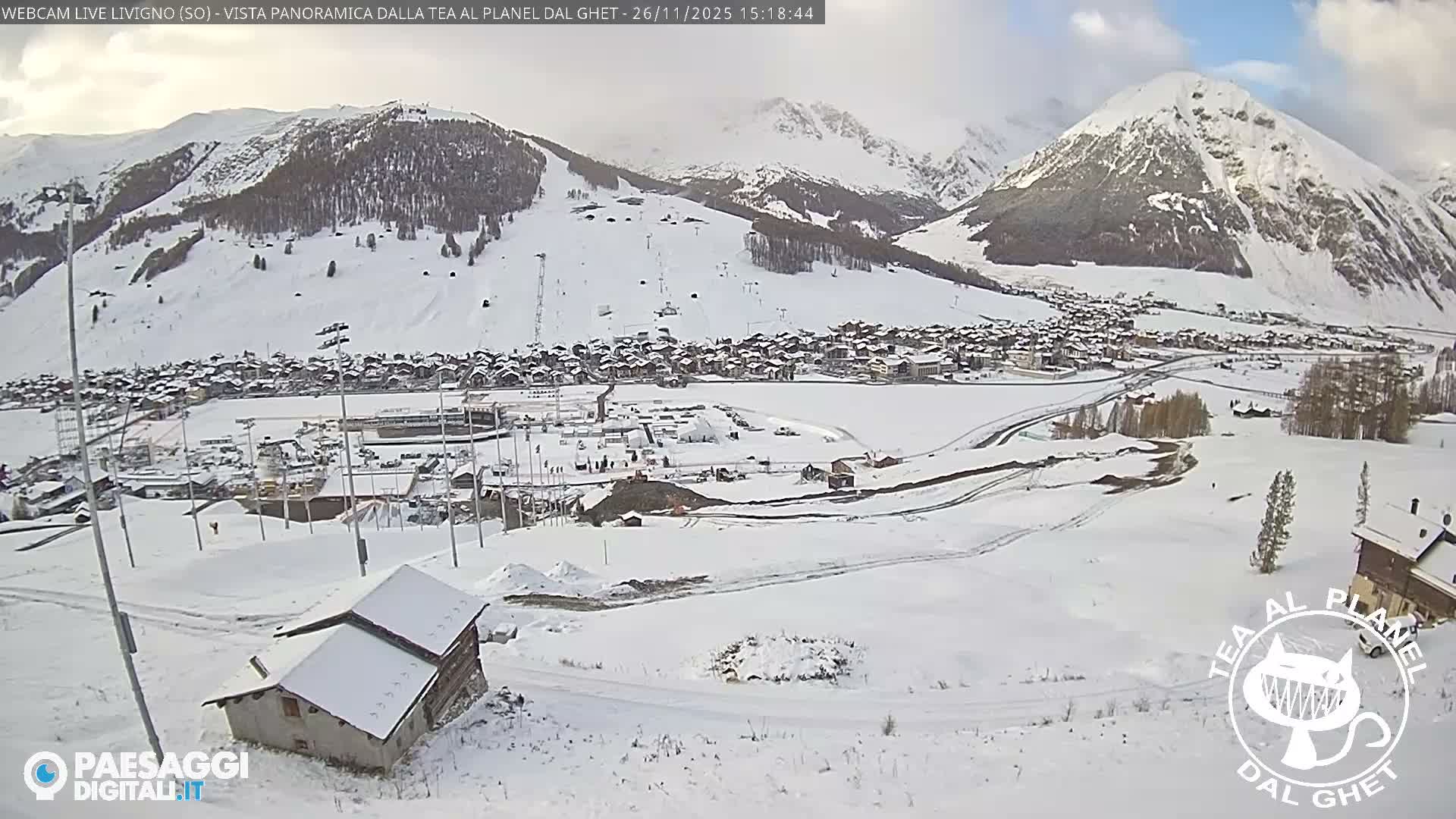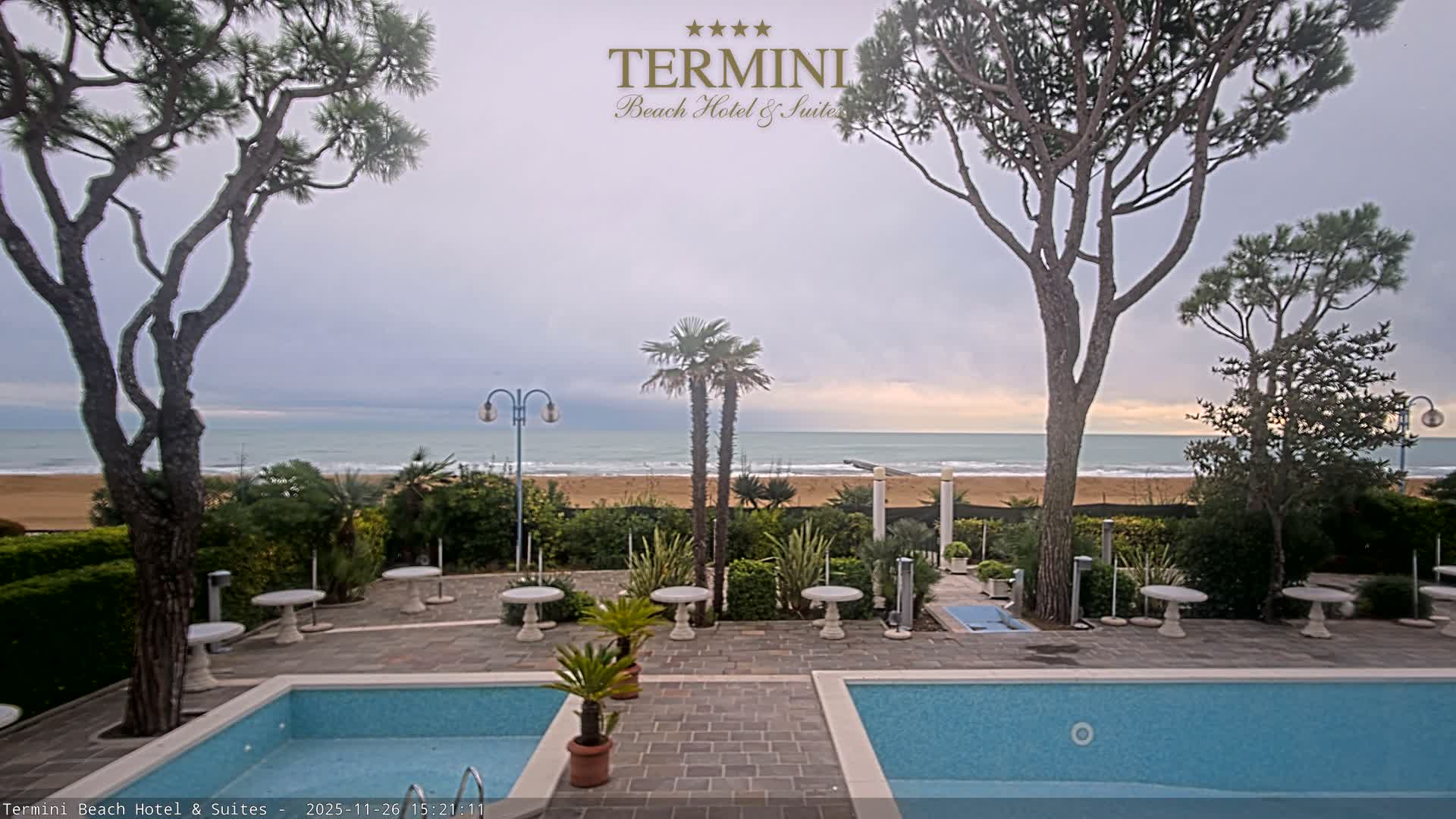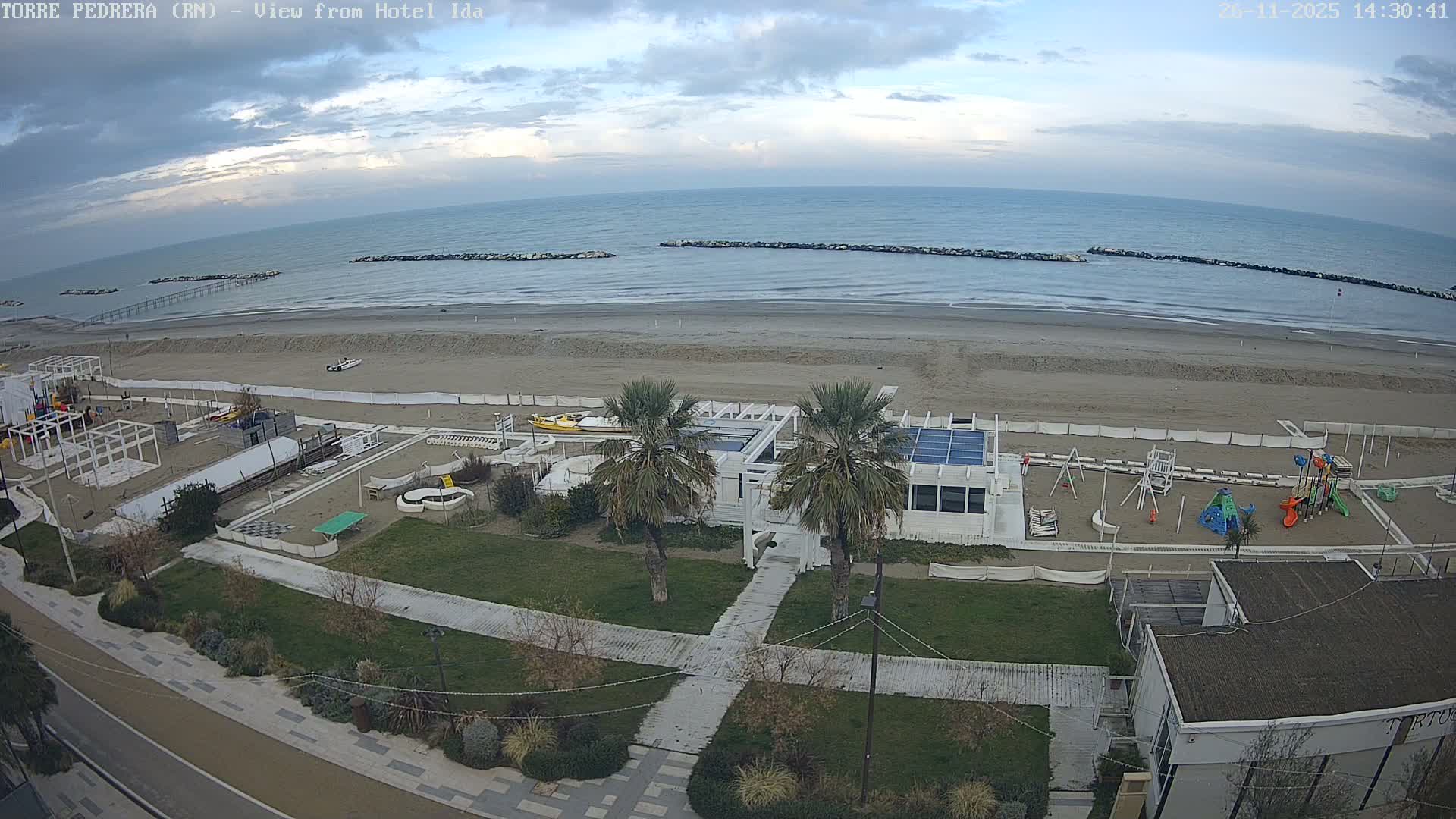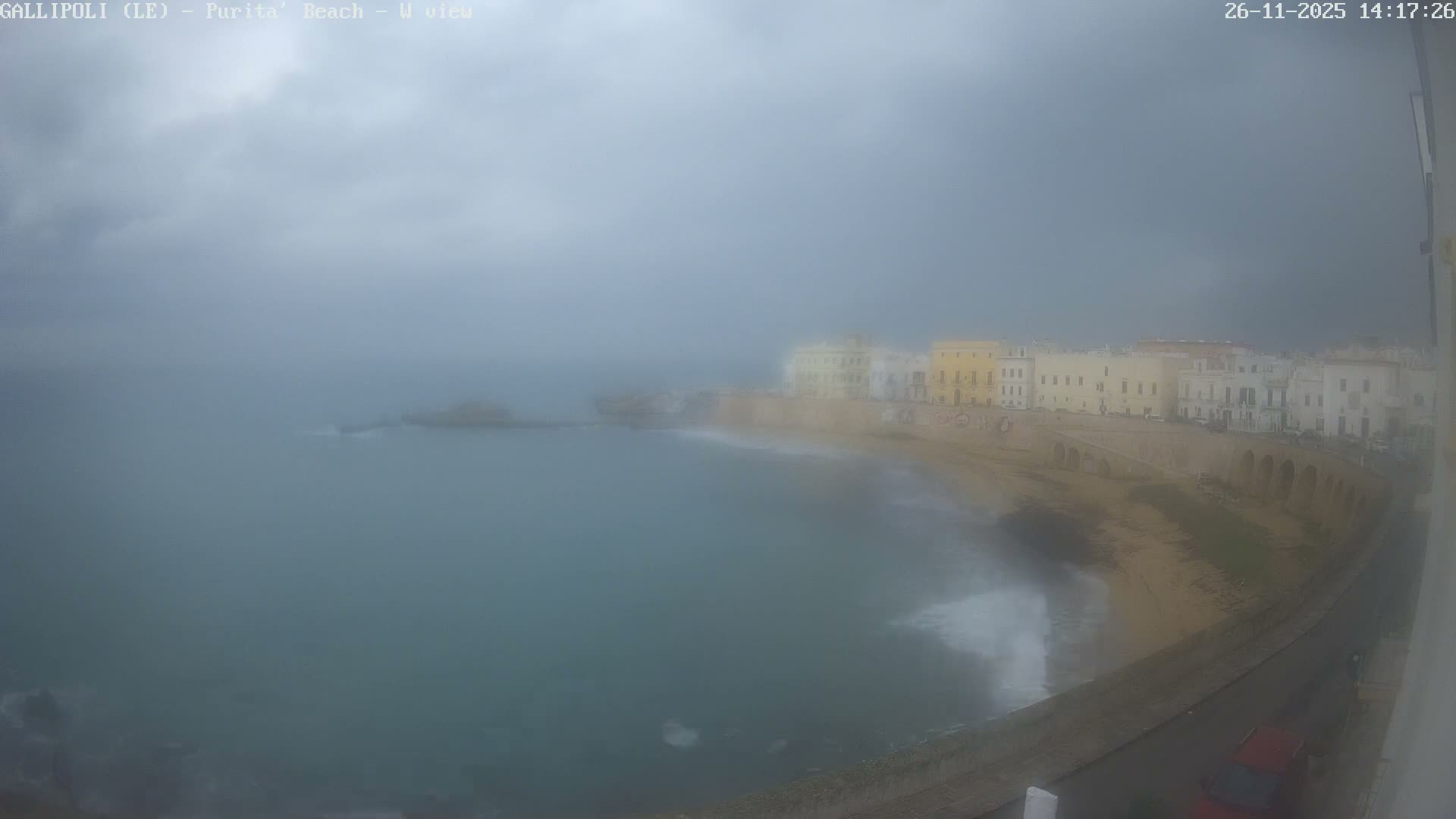Italy's Campi Flegrei Supervolcano Stirs: Scientists Monitor Increasing Seismic Activity & Evacuation Risks Near Naples
 Italy
Volcanology & Disaster Preparedness
Italy
Volcanology & Disaster Preparedness
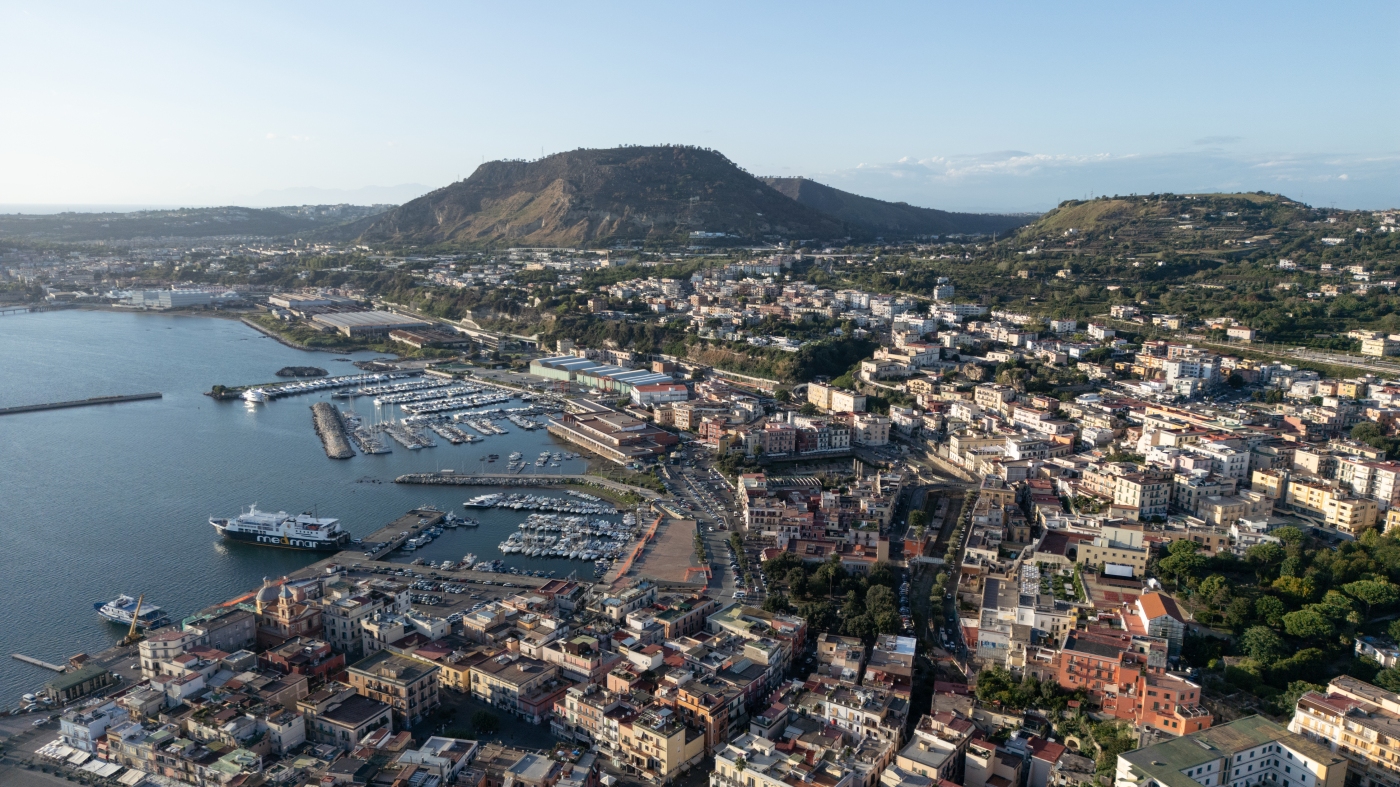
Italy's Campi Flegrei supervolcano is showing increased seismic activity, raising concerns among scientists. Over half a million people in the 'red zone' near N
Italy's Campi Flegrei Supervolcano Stirs: Unprecedented Seismic Activity Raises Eruption Concerns Near Naples
Italy's Campi Flegrei, often mythologized as the gateway to the underworld, is once again capturing global attention. This colossal supervolcano, dormant for centuries, is exhibiting unprecedented seismic activity, raising urgent questions about its potential for eruption and the safety of the over half a million residents living directly within its vast caldera near Naples.
An Unsettling Awakening
Recent data reveals an alarming escalation in Campi Flegrei's unrest. Giovanni Macedonio, director of the National Institute of Geophysics and Volcanology in Naples, reports that the two strongest earthquakes in centuries struck in March and June, forcing numerous families to evacuate their damaged homes. This seismic uptick, coupled with significant ground uplift, a phenomenon known as bradyseism, paints a concerning picture. The ground has risen by 4.6 feet since 2005, and the rate of swelling is accelerating. Evidence of this phenomenon is starkly visible in Pozzuoli's old port, where boats now rest on newly emerged land, and ancient Roman columns bear mollusk fossils, testament to past submersion.
The "National Threat" and its Dangers
Italian authorities classify Campi Flegrei as a "national threat" due to its highly explosive eruption style. A major event could generate an eruptive column reaching 18 miles high, dispersing ash across vast distances and potentially collapsing roofs under its weight. The most immediate danger lies within the "red zone" – an eight-mile-wide area surrounding the caldera, home to over half a million people. Here, Macedonio warns, there are "no countermeasures" against the devastating pyroclastic flows – superheated volcanic particles and ash traveling at 30-60 mph at temperatures of 1,472°F. Unlike Vesuvius, whose iconic cone is visible, Campi Flegrei’s immense power is largely concealed underground, making its widespread footprint particularly perilous.
Historical Echoes: A Catastrophic Past
The historical record of Campi Flegrei underscores its destructive potential. Approximately 39,000 years ago, a colossal eruption spewed 72 cubic miles of molten rock, plunging global temperatures and blanketing Europe and parts of Russia in thick ash. Some scientists even speculate this event played a role in the eventual demise of Neanderthals. While experts believe a modern eruption wouldn't match this prehistoric scale, it could still severely impact millions of lives and disrupt global air travel.
Vigilant Monitoring and AI Innovation
In response to this growing threat, scientists at the Naples observatory meticulously monitor the region's volcanoes. A dedicated red phone provides a direct link to civil protection headquarters in Rome, tested twice daily. Last year alone, Campi Flegrei caused 2,500 earthquakes in a single month. The recent 4.6-magnitude tremor in June further highlights the intensifying seismic stress.
To enhance preparedness, Professor Warner Marzocchi of the University of Naples, Federico II, in collaboration with Stanford University and the National Institute of Geophysics and Volcanology, is pioneering the use of artificial intelligence. This AI model has drastically improved earthquake detection, identifying over 54,000 tremors in Campi Flegrei over the past three years, a significant jump from the 12,000 previously recorded. This advanced data suggests that current tremors are primarily driven by gases pushing superheated water, rather than rising magma, offering a cautious glimmer of hope that a major eruption might not be immediately imminent. However, Marzocchi stresses that the risk remains "not zero," emphasizing the need for continuous vigilance.
Living on the Edge: Resilience and Reflection
For residents like Maddalena Desario of Naples, living atop an active seismic zone is a deeply ingrained reality. The ancient city of Pozzuoli, nestled within the caldera, offers breathtaking views that belie the constant underlying peril. Local artist Pina Testa, whose studio is remarkably undamaged despite the tremors, finds inspiration in the earth's movements, portraying erupting volcanoes in vibrant hues. She even recalls a peculiar communal spirit during childhood evacuations, where neighbors shared stories and pizza on the streets. This resilience is tempered by historical memory; forced evacuations in the 1970s and 80s saw tens of thousands relocated from Pozzuoli's historic Rione Terra district, now largely uninhabited but a testament to the volcano's enduring influence. As the Campi Flegrei continues its restless stirring, the delicate balance between natural beauty, scientific endeavor, and human resilience remains at the forefront.
